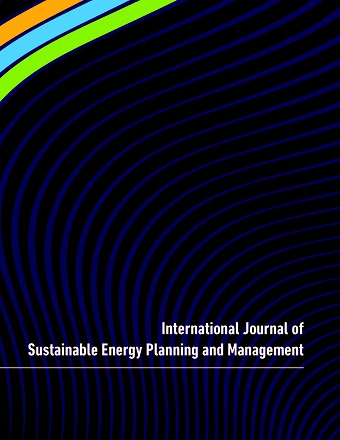Study of grid integrated biomass-based hybrid renewable energy systems for Himalayan terrain
Main Article Content
Abstract
Unutilized pine needles are not only a significant issue of environmental hazards like recurrent forest fires and green house gas emission but also a wastage of resources. The pine needles can be used efficiently for electricity generation. In the present study, simulation research on a grid-connected, sustainable, biomass based hybrid energy system was conceived to examine the feasibility in the western Himalayan territory, and locally available abundant pine needle is used as biomass resource with solar and wind resources as a fuel. The Hybrid Optimization of Multiple Energy Resources (HOMER) software is used to model three distinct configurations of hybrid systems, PV/BM/Grid, PV/BM/WT/Grid, and only Grid for feeding electricity to selected educational building loads currently run by state grid. The analysis found that PV/BM/Grid has the lowest cost of energy 0.102 $/unit with TNPC $42081 and 83% renewable fraction at 0% capacity shortage. The environmental analysis shows that the proposed system will save around 27815 kg CO2/year (equated to the diesel-only system). The outcomes are found to be very pertinent to policy creators, hybrid system designers, and investors in the field of biomass-based hybrid renewable energy systems.
Article Details
Articles published in International Journal of Sustainable Energy Planning and Management are following the license Creative Commons Attribution-NonCommercial-NoDerivs 3.0 Unported (CC BY-NC-ND 3.0)
Authors retain copyright and grant the journal right of first publication with the work simultaneously licensed under a Creative Commons Attribution License: Attribution - NonCommercial - NoDerivs (by-nc-nd). Further information about Creative Commons
Authors can archive post-print (final draft post-refereering) on personal websites or institutional repositories under these conditions:
- Publishers version cannot be stored elsewhere but on publishers homepage
- Published source must be acknowledged
- Must link to publisher version

